During winter, blizzards accompanied by wind and ice often result in a loss of electricity. And, without it, you cannot keep yourself warm from the below-freezing temperatures.
Not only is this uncomfortable, but it can be fatal in the worst conditions. Therefore, knowing some things you can do to keep your house warm in winter without electricity is important.
For this article, we will not talk about huge projects to keep yourself warm. Instead, we will tackle some of the easiest things you can do and those that require moderate, little, or no expense.
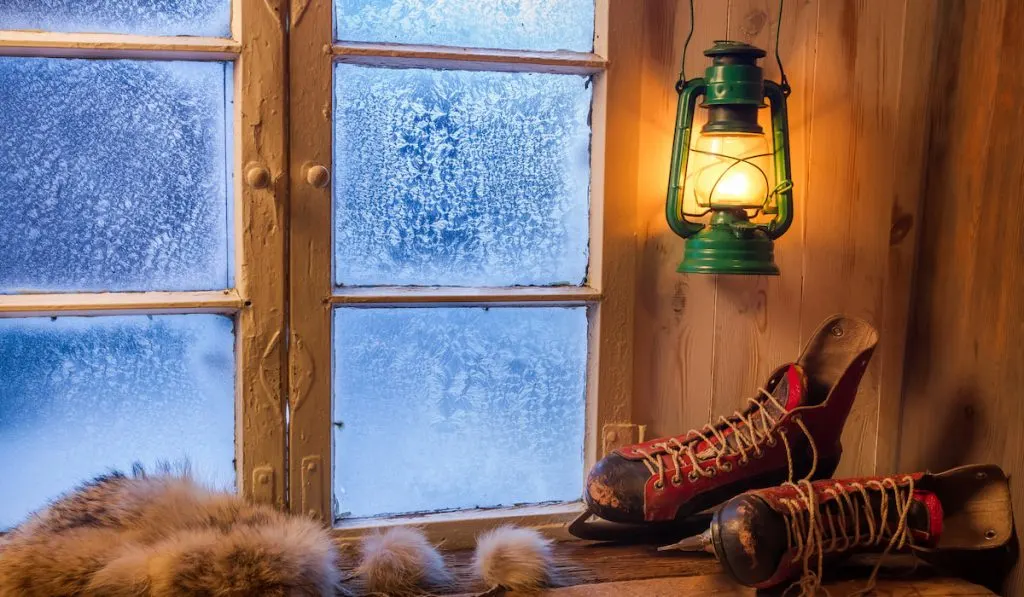
If your power goes out, you will already have ideas to regulate the temperature inside your home.
Here are some of the tips you can follow to stay comfortable in winter even without electricity:
15 Tips for Keeping Your House Warm in Winter Without Electricity
1. Close the Doors of the Rooms That Are Not in Use
It is essential to close the doors of the rooms that are not in use to avoid the cold air entering the rest of your home. You may also opt to keep every family member in one space, such as the living room.
2. Cook

Cooking is a great way to keep your space warm – not to mention that you can also have something hearty to eat! To help you get even warmer, cook foods such as soups or baked sweet potatoes.
However, you should take out foods from the refrigerator quickly, so it stays as cold as possible to preserve the food inside as long as possible.
Remember that this is only possible for homes with a gas oven.
3. Do Some Easy Exercises
Everybody knows that doing physical activities gets your body warm quickly.
If you do not have enough resources to keep yourself warm, you can do simple exercises to raise your body temperature, such as situps, jumping jacks, or squats. If you have younger family members, you can play with them to help them keep warm as well.
This activity is like hitting two birds with one stone – you keep warm and you also promote health.
4. Drink Warm Liquids
If you cannot cook soups and other hot dishes, simply drinking hot liquids, such as tea, hot chocolate, or coffee, will be enough to keep your body warm.
This is possible if you have a camping stove or a butane gas stove that will quickly heat your drinks.
Do not use the camping stove inside, and follow the safety instructions of the portable stove to avoid accidents.
5. Fix Cracks on Your Walls and Windows
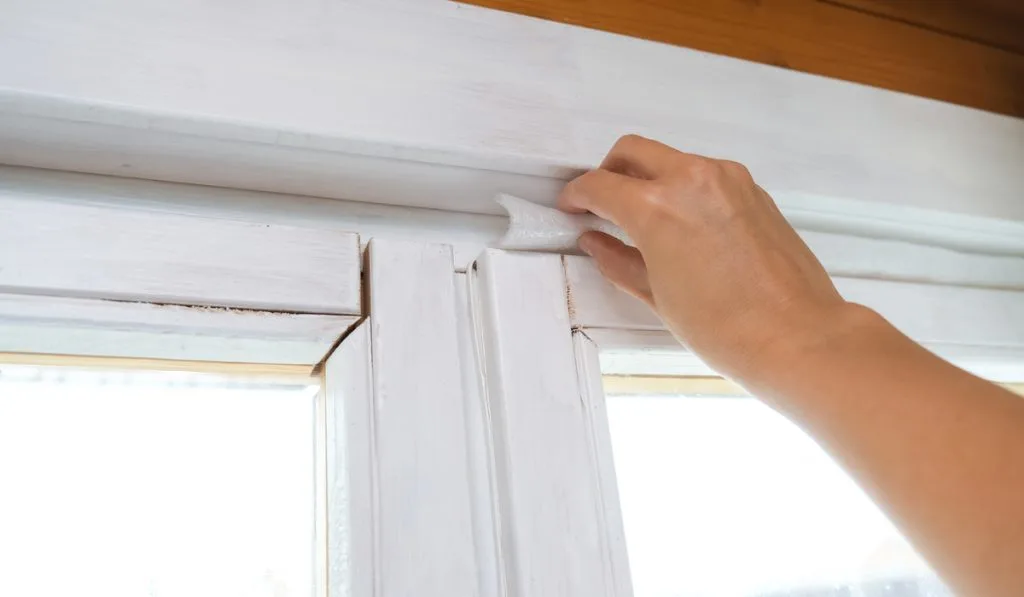
You may not notice the small cracks and crevices on your walls and windows when the electricity is on, but they are a huge factor to consider in helping you keep your home warm when there is no electricity.
Cracks and crevices can let a significant amount of cold air inside your home.
Therefore, covering even the most minor crack is vital to prevent the cold air from entering your home.
You may use a cloth or other thick items you can find inside your home to cover the cracks. Then, secure it with tape.
It is better to be prepared by fixing the cracks even before winter comes. This way, you will not be in a hurry to cover the crevices.
6. Keep Curtains Open in the Day and Close Them at Night
Keeping curtains open during the day ensures you get extra warmth from the sun’s rays.
As night comes, the temperature drops. Close your curtains as night falls to help trap the warm air obtained from the sun’s heat earlier inside your home.
Do this every morning and night while waiting for the power to operate again.
Moreover, curtains protect your home from the cold air that may seep through the cracks and crevices of your walls and windows.
If you do not have curtains or blinds, you can use your extra blankets to block that cold air from getting inside your home.
7. Keep the Entire Family in One Space
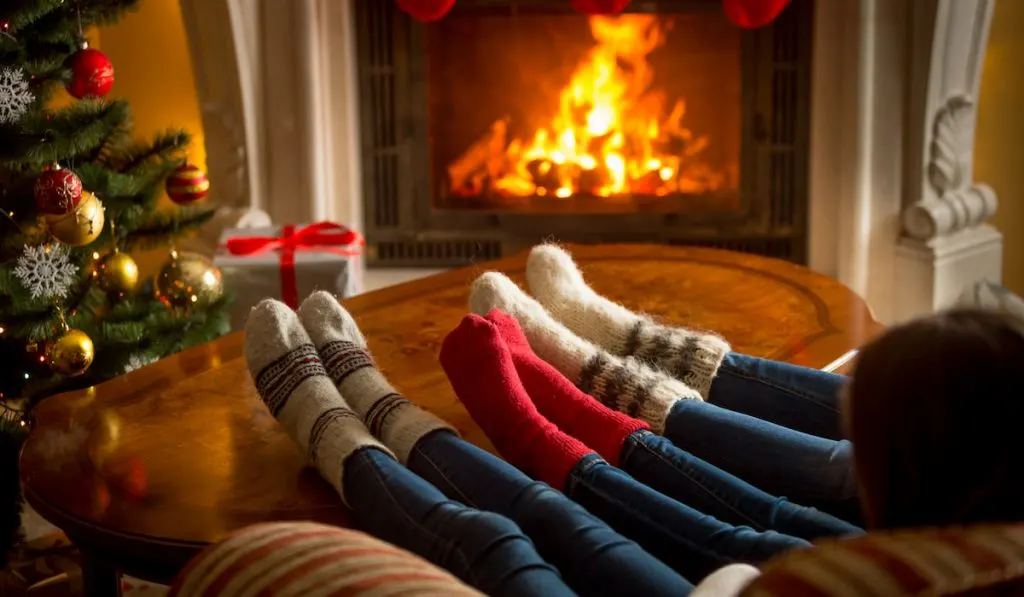
As previously mentioned, keeping every family member in one space is a great way to stay warm.
This is because you release some heat when you talk and breathe in a single room. The more there are of you in the same room, the more heat you will create.
Not only does staying in one room keep you warmer, but it is also a great way to create bonds and catch up with your family.
8. Layer Your Clothes
Wearing a thick layer of clothes is a proven way to regulate your body temperature during winter. Make sure to cover your body from head to toe to provide enough warmth.
Insulating yourself in layers of clothing is one of the easiest and cheapest ways you can stay warm even during short power outages.
Use hats, gloves, thick socks, and slippers to cover your head, hands, and feet, respectively, as these areas are the parts that are prone to getting cold quickly.
Wear a vest, a long-sleeve shirt, a sweater, and a coat for your upper body.
9. Use Your Fireplace and Candles

Using candles during a power outage will not only serve as a source of light but are also a good source of heat – not to mention that they are also cheap.
When using candles, do not place them on areas with flammable materials or near things that can easily catch fire, such as curtains.
In addition, you should not place candles near pets or smaller children to avoid accidents.
Extinguish the flames before going to bed to avoid the possibility of house fires.
Aside from candles, lighting up your fireplace is also an excellent idea to keep your home warm and cozy.
Just make sure to stock up on firewood before or at the beginning of winter so you’ll have enough to keep you and your family warm once the temperature gets cold.
10. Pitch a Tent Inside of Your Home
You probably know how easily a tent can warm up. If space is available in your home, why not try a tent?
It is an easy way to give yourself a warm space without using any appliances. Plus, pitching a tent keeps you busy and moving even for a short while.
11. Purchase a Solar Heater
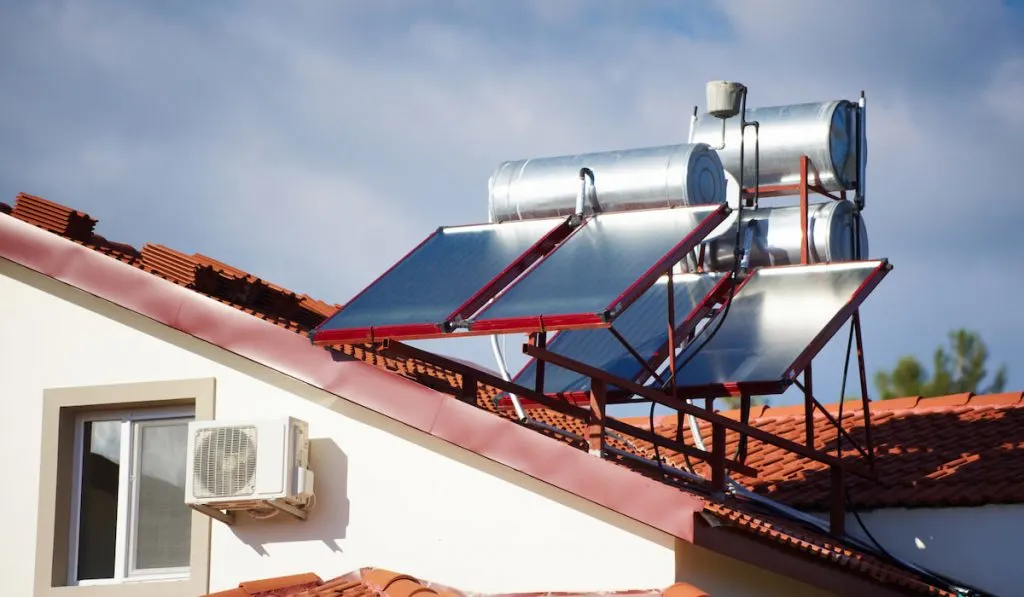
Before winter, you can buy a solar heater for your home. This device is beneficial in keeping your house warm even without electricity as it collects the sun’s energy that will give heat to your home.
You can purchase units that heat an entire house or a single panel that will heat one particular space frequented by your family, such as the living room.
12. Use Blankets
If wearing layers of clothing is not enough, you may take it up to the next level by using the blankets you have.
Before sleeping or while sitting in front of the fireplace, cover yourself with blankets to keep you cozy. Also, don’t forget to share those blankets with your family pets if you have any.
13. Use Water Bottles or Bags of Beans
If you want an item that can keep you warm for an extended period, try putting heated water in a bottle. You can also heat beans for a bit on your heat source (fireplace, gas stove), put them in a bag, then use the bag to warm your hands or your body.
14. Use Your Sleeping Bags
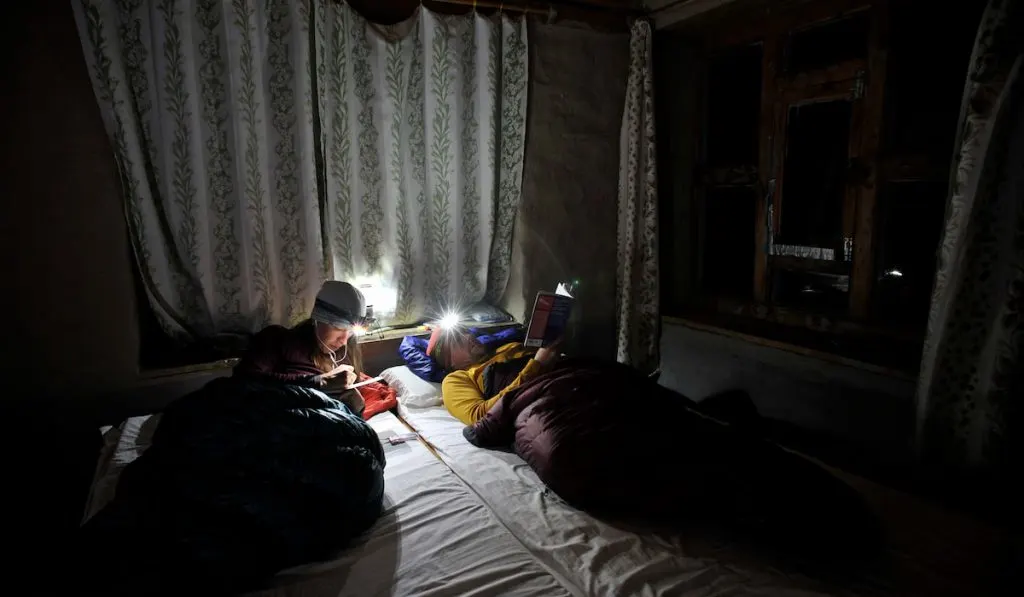
If you have sleeping bags at home, you may try using them to help you keep warm. Sleeping bags can provide good insulation, thus helping regulate your body temperature better than regular blankets.
15. Visit a Local Warming Center
If all else fails and you are still feeling chilly, it is time to look for warming centers or shelters that you can go to until the power comes back. You may also visit your neighbor who has enough resources to share.
Conclusion
Since the temperature gets colder at night, it is best to work on your resources during the daytime to be well-prepared when night comes.
It is also worth noting that sleeping as high off the ground as you can provide you with better warmth compared to sleeping on the floor, as this is where the cold accumulates.
Now, you have several ideas to keep your home warm without electricity. Just make sure to follow precautions and safety instructions when using heat sources, including candles, fireplaces, and other open flames, to eliminate the risk of burning your home.

